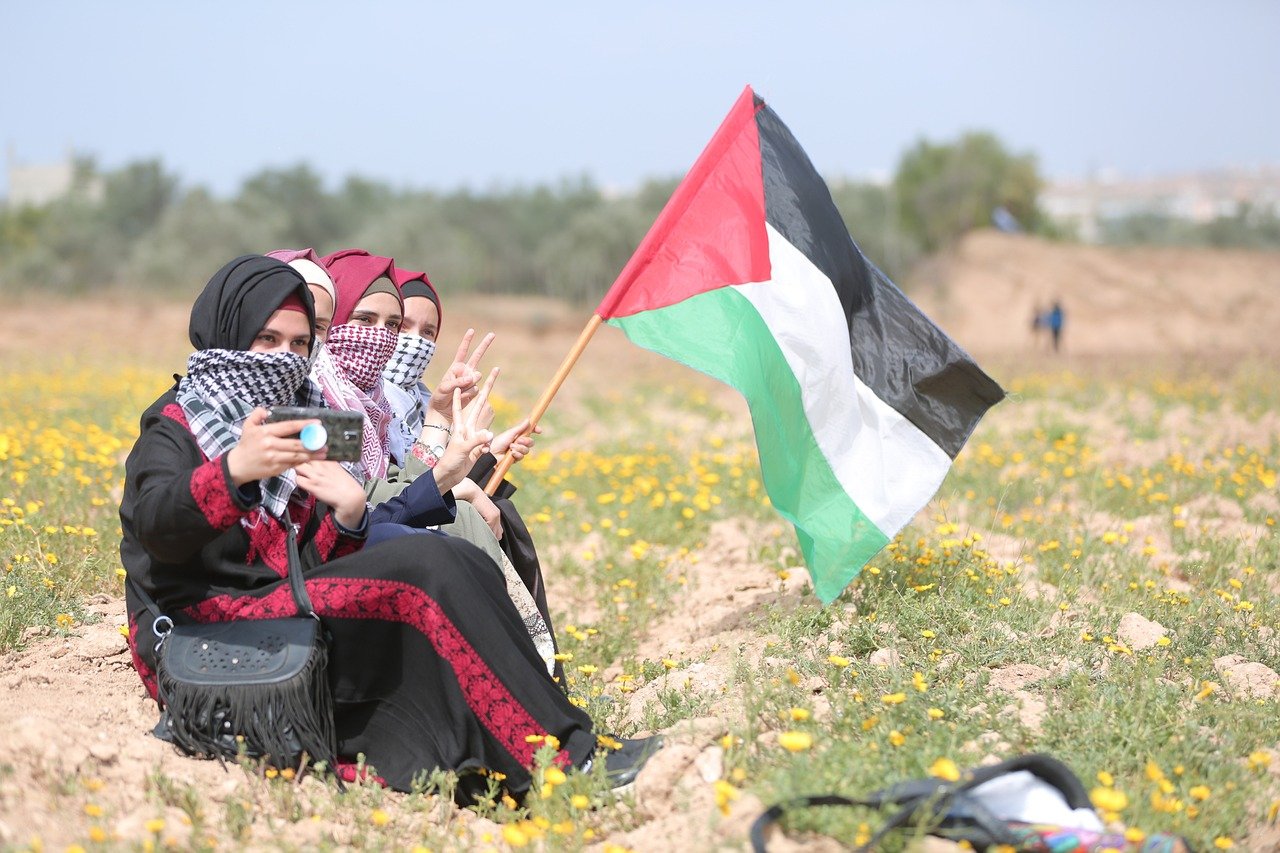Pakistan and Jammu Kashmir
The relationship between Pakistan and Jammu and Kashmir is a complex and contentious issue, deeply rooted in the historical, political, and cultural contexts of the South Asian subcontinent. To understand this dynamic, it is essential to examine the historical background, the political developments, and the current situation in detail. Historical Background The Partition of British India (1947) The roots of the conflict trace back to the partition of British India in 1947, which led to the creation of two independent states: India and Pakistan. The partition was intended to separate the predominantly Hindu regions and the predominantly Muslim regions of British India into two distinct countries. However, the princely states, which were semi-autonomous regions under British suzerainty, were not automatically included in either country. Jammu and Kashmir was one such princely state. It was a Muslim-majority region with a Hindu ruler, Maharaja Hari Singh. As the partition unfolded, the Maharaja faced internal unrest and an invasion by tribal militias from Pakistan. In response, he sought military assistance from India and agreed to accede to India under certain conditions. The Accession to India and the First Kashmir War (1947-1948) The Maharaja signed the Instrument of Accession to India on October 26, 1947. In return, India sent military assistance to repel the invading forces. This move led to the first war between India and Pakistan, which ended in early 1949 with a ceasefire brokered by the United Nations. The ceasefire line, known as the Line of Control (LoC), divided the region into areas administered by India (Jammu and Kashmir) and Pakistan (Azad Jammu and Kashmir and Gilgit-Baltistan). Political Developments The Simla Agreement (1972) In 1971, the second war between India and Pakistan occurred, culminating…

